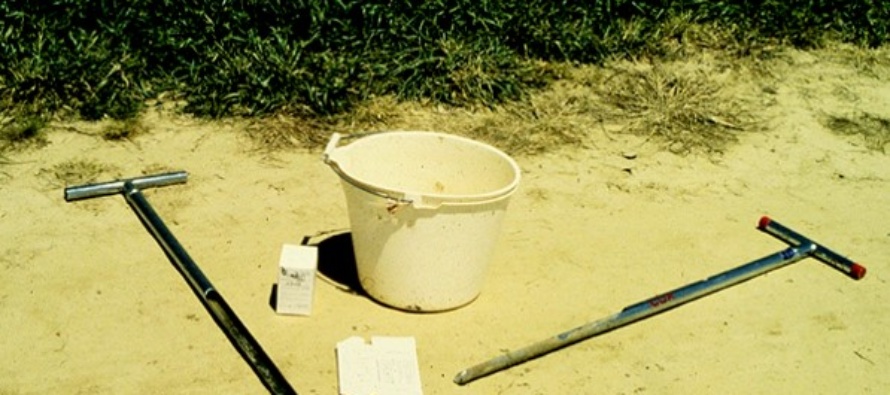Soil Test Recommendations

Related Articles
- 2010 Soybean And Corn Variety Trial Data 3
- Rice Variety Trial Results For 2010, Plus Rice Research Report 0
- Evaluation of Peanut Varieties in Mississippi, 2010 0
Latest Tweets
 Where does this recommendation based on my soil test results come from? If you are a grower not asking it, start. Three common recommendation philosophies are used to interpret the soil testing data to provide the recommendations.
Where does this recommendation based on my soil test results come from? If you are a grower not asking it, start. Three common recommendation philosophies are used to interpret the soil testing data to provide the recommendations.
- Sufficiency: based on the principle that critical levels exist for individual nutrients. If the soil tests are above those levels, a response to fertilization with those nutrients is unlikely. A crop response is likely if the test is lower than the critical level.
- Buildup and maintenance: this system allows for gradual buildup of the nutrient levels above the critical levels over time, and subsequently replacing nutrients lost from the system at harvest.
- Base cation saturation ratios (BCSR) assume there is an ideal ratio of calcium, magnesium, and potassium on the exchange complex. Recommendations are made to adjust these ratios regardless of nutrient levels
Most public soil testing laboratory recommendations, i.e., the Land Grant universities, are based on the sufficiency concept. Some universities include aspects of buildup and maintenance for a few crops. Many commercial laboratories recommendations are based on the buildup and maintenance approach.
Some consultants use BCSR as a ‘soil balancing approach’, although the research basis is not extensive. Chaganti and Culman (2017) provide a thorough accounting of the BCSR literature and its issues in Historical Perspective of Soil Balancing Theory and Identifying Knowledge Gaps: A Review.
An oft repeated criticism of university soil test calibration and correlation research is that it has been conducted ‘in silos’ with little or no interaction across states or regions. That is true! Recognizing this, a group began assessing the status quo and formulating a path forward in July, 2018.
Now known as the Fertilizer Recommendation Support Tool (FRST) team, the greatly expanded group is working toward creating a centralized repository of soil fertility correlation and calibration data. This is based on the concept of an Australian fertilizer decision product that collected soil fertility research from across the country. Projected outcomes of the United States project are:
- transparency and consistency in fertilizer recommendations,
- facilitate further study of correlation and calibration data to better understand whether state‐ or region‐specific recommendations are justified, and
- expedite the development of modern fertilizer recommendations to underpin precision management.
There are currently USDA and Experiment Station researchers and Extension specialists from 48 states, including the Mid-South participating. The emphasis at this point is on phosphorus and potassium. A number of studies, including several from Mississippi, are already entered in the database.
You can follow development of the project at http://www.soiltestfrst.org/ which includes FRST: A national soil testing database to improve fertility recommendations, an article that describes the effort in detail. However, much work remains before this is a final product for producer or consultant use.




Let me tell You a sad story ! There are no comments yet, but You can be first one to comment this article.
Write a comment